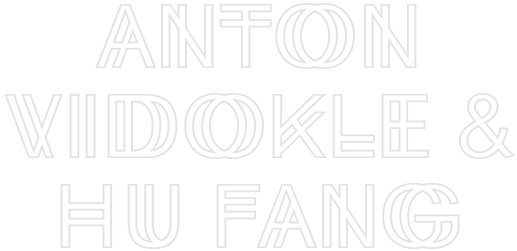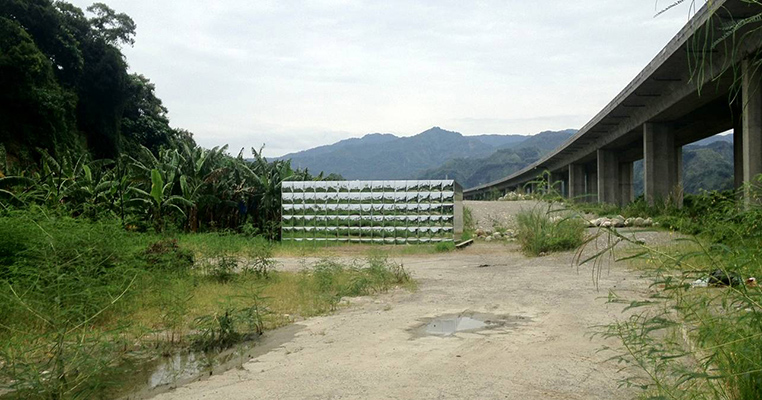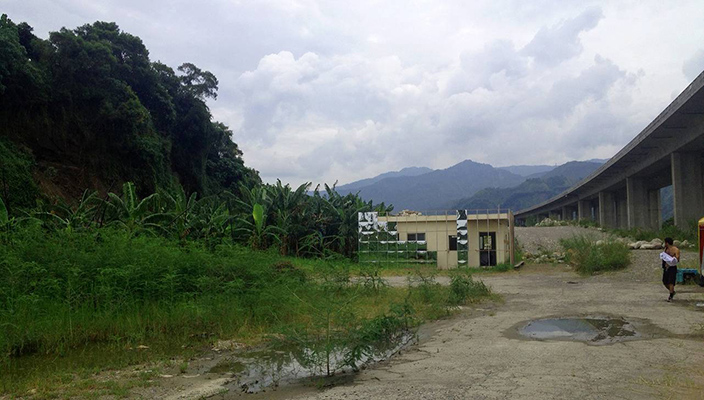This new film, a collaboration between artist Anton Vidokle and writer Hu Fang, is set in an aban- doned concrete house in the Taiwanese countryside, situated between a forest and a highway. We watch the building slowly being clad by mirrors. In the process, the house gradually vanishes from sight, as it becomes a mirror, or rather, an image, of the surrounding environment. The film presents us with an allegorical picture that lends itself to multiple readings, yet is directed at a vanishing point. This point reveals itself in moments of disappearance, situated between the physical decay of a ruin, the erosion of social meanings, and planning aspirations once materialized in the house, or as the title indicates, in the act of mirroring and reflecting.
The Chinese-spoken soundtrack is based on the text “A Collection of Portraits” written by Hu Fang. Sixteen characters emerge before our mind’s eyes. Most of them are identified by their professions and by scenes from their everyday lives, while others appear only as poetic contours or projective aphorisms. The portrait as a genre is about creating an image; it is a mimetic mirror of a person, a self— and such a “self” is the very origin and vanishing point of any picture of the world, since the world must first be mirrored in our senses to appear. Hence, the film’s image and sound construct a dialectic relation between “portrait” and “mirror-building,” “landscape” and “person/self,” at times schizophrenic, at other times exchanging figure and ground, passive and active, ultimately dissolving into each other along this divide.
The English subtitles of the work, finally, form a third, overarching narrative told in the first person by Anton Vidokle. This narrative inscribes the work into the context of architectural modernism by telling the story of Vidokle’s visit to the iconic Schröder-House designed by Gerrit Rietveld for his lover in the Dutch city of Utrecht. The first house considered to be “modernist,” Rietveld’s abode had no mirrors in it—because the mirror, in the architect’s view, created a space that was beyond the control of the architect. The site where normally a “self” meets its image in every house is at the same time the blind spot of planning—a space that escapes human control.
Anton Vidokle, born 1965 in Russia, lives and works in New York; Hu Fang, born 1970 in China, lives and works in Guangzhou


